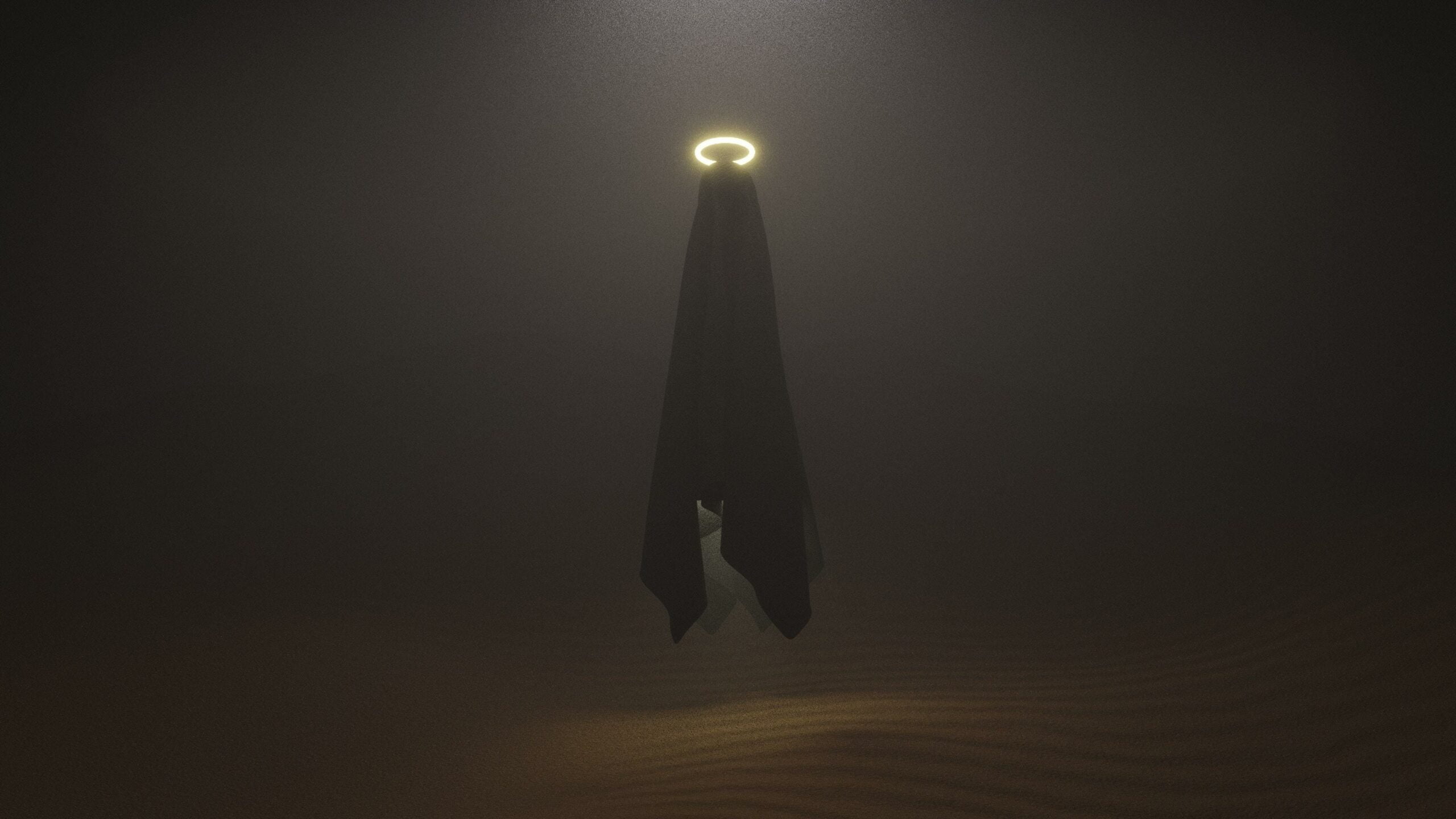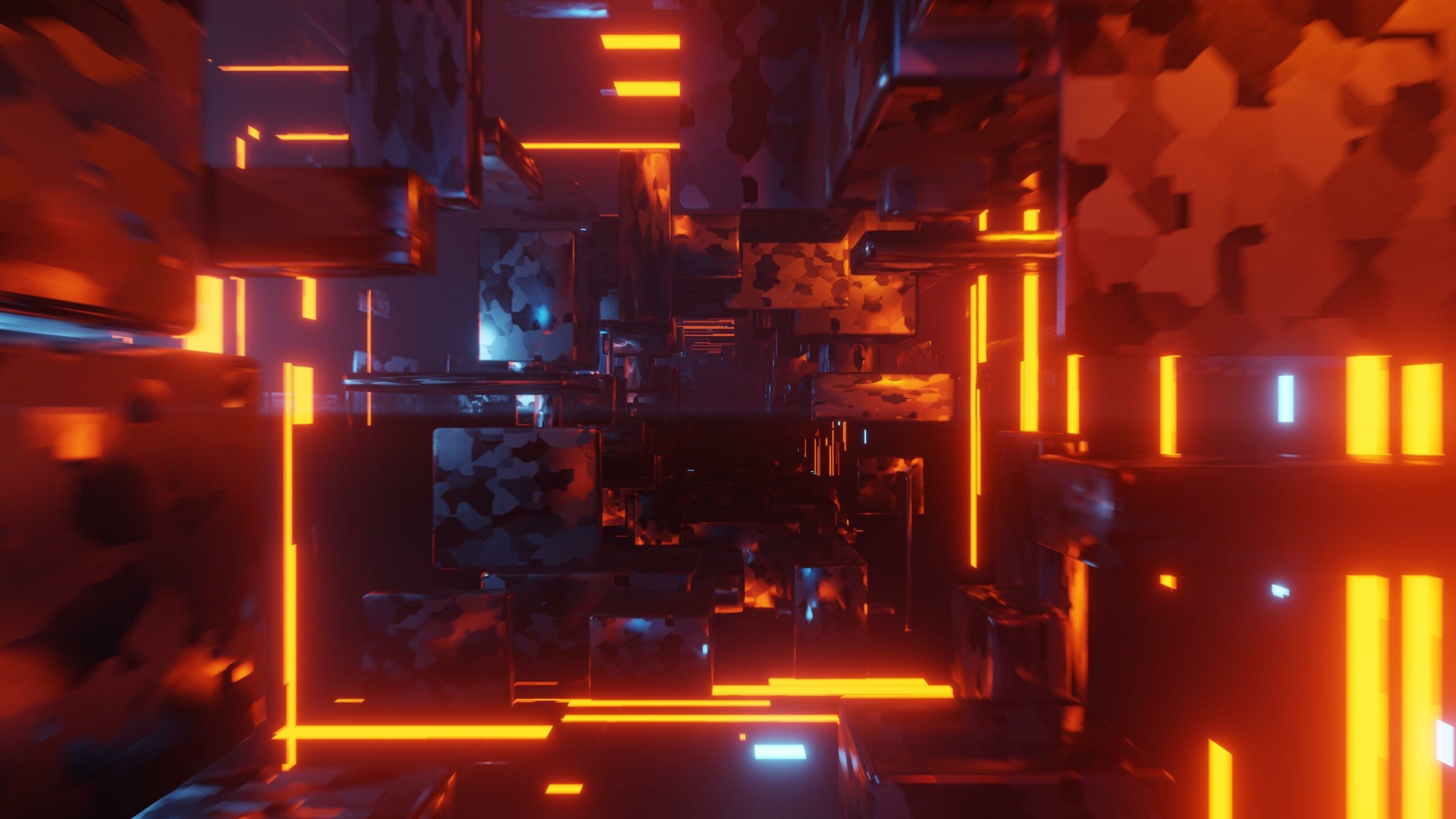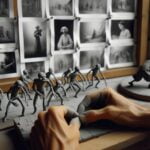If you’ve ever been enchanted by the whimsical world of animation, get ready to delve into a treasure trove of fascinating facts that uncover the untold heritage of this captivating art form. As an experienced writer and animation enthusiast, I’ve dedicated countless hours to unraveling the rich history and progression of animation. In this article, we’ll embark on a journey that will unveil lesser-known tidbits about animation’s past, shining a light on the captivating evolution of this beloved industry.

Facts About Animation History
Animation has come a long way since its early beginnings, captivating audiences and taking us on incredible journeys through the power of storytelling. From its ancient roots to modern-day innovations, animation history is a fascinating tapestry of creativity and technological advancements that continue to shape the industry today.
Pygmalion: The First Recorded Animator
Let’s start at the very beginning, where the ancient Greek myth of Pygmalion introduces us to one of history’s first recorded animators. As the tale goes, Pygmalion was a sculptor who fell in love with one of his own creations, a statue named Galatea. In a twist of fate, the gods granted life to the statue, animating it and bringing Pygmalion’s creation to life. This myth serves as a precursor to the art of animating inanimate objects, an art that has since evolved to create entire worlds onscreen.
The Birth of Animated Cartoons
Before the invention of cinema, the theory of the animated cartoon was already taking shape. Inventors and visionaries like Émile Reynaud and Thomas Edison were experimenting with motion pictures and projected animations as early as the late 19th century. These early pioneers laid the foundation for the magic of animated storytelling that we know and love today.
Georges Méliès: The Father of Animation
Speaking of pioneers, we cannot forget to mention Georges Méliès, often referred to as the “father of animation.” In the early 1900s, Méliès combined his passion for magic with the emerging technology of cinema, creating groundbreaking films that used innovative animation techniques. His film “A Trip to the Moon” (1902) is a testament to his visionary approach, featuring breathtaking hand-painted frames that brought fantastical worlds to life.
The Great Gatsby: A Milestone in Animation
When we think of the first animated movie, our minds might automatically wander to the beloved classics of Disney or the vibrant worlds of Pixar. However, in 1925, an animated film by the name of “The Great Gatsby” made its mark as the first feature-length animation. Although it predominantly used the traditional 2D animation style, this pioneering film pushed the boundaries of what was possible and paved the way for future animated masterpieces.
The Influence of Walt Disney
No exploration of animation history would be complete without acknowledging the profound impact of Walt Disney. Through his indomitable spirit and relentless pursuit of innovation, Disney revolutionized animation, introducing synchronized sound with Steamboat Willie in 1928 and later embracing color with the groundbreaking film Snow White and the Seven Dwarfs in 1937. Disney’s dedication to storytelling and his meticulous attention to detail elevated animation to new heights, enchanting audiences across the globe.
Animation Techniques: From Hand-Drawn to CGI
Animation encompasses a wide range of techniques, each adding its own unique flavor to the art form. Hand-drawn animation, the traditional method that brings characters to life through a series of meticulously crafted illustrations, has long been a cornerstone of animation history. Stop motion animation, another beloved technique, involves manipulating physical objects, such as clay or puppets, frame by frame to create the illusion of movement.
In recent years, computer-generated imagery (CGI) has taken center stage, allowing animators to create realistic and immersive worlds with astonishing detail. From the enchanting landscapes of “Frozen” to the epic battles of “Avengers: Endgame,” CGI has become an integral part of modern animation, pushing the boundaries of what is possible on the screen.
Animators as Storytellers
At its core, animation is not just about creating visually stunning images; it is about telling stories that resonate with audiences. Animators are the unsung heroes behind the scenes, blending creativity and technical expertise to breathe life into characters and transport viewers to extraordinary worlds. They harness the power of movement, color, and emotion to weave narratives that tug at our heartstrings, make us laugh, and ignite our imagination.
Motion Capture: Bringing Characters to Life
To further enhance the realism and expressiveness of animated characters, animators now utilize motion capture technology. This revolutionary technique involves recording the movements of live actors and translating them into digital animations. By capturing every subtle nuance and gesture, motion capture breathes authenticity into characters, allowing them to move and emote in ways that feel truly human.
Animation history is a treasure trove of fascinating facts, showcasing the indomitable spirit of human creativity and the relentless pursuit of bringing imagination to life. From the mythical origins of Pygmalion to the groundbreaking innovations of Disney and the seamless blend of art and technology, animation continues to captivate and enchant us, reminding us of the limitless possibilities that await when we dare to dream.
In the ever-evolving landscape of animation, one thing remains certain: the power of animation to transcend time and touch the hearts of audiences will continue to shape the future of this art form.
“Animation allows me to give life to characters that have been trapped in my imagination, and in doing so, I hope to bring joy and wonder to others.”
Animation is a fascinating art form that has captured the hearts and minds of people all over the world. If you’re curious to learn some interesting facts about animation, then look no further! We’ve compiled a list of intriguing tidbits that will have you amazed and inspired. So, what are you waiting for? Click here to uncover the secrets behind the magic of animation: facts about animation.
Facts About Animation History
Are you curious about the fascinating world of animation? Prepare to be amazed as we take you on a journey through animation history facts. From early hand-drawn animations to the digital wonders of today, animation has evolved in ways that will leave you in awe. Discover the groundbreaking techniques and innovative masterpieces that have shaped the animation industry into what it is today. Delve into the rich history of animation and unearth the secrets behind this captivating art form. Prepare to be enthralled as you explore the depths of animation facts and history. Get ready to embark on an extraordinary adventure that will leave you wanting to learn more. So, why wait? Click here to unearth animation history facts and be transported to a world where imagination knows no bounds.
Now, let’s delve further into the intriguing realm of animation facts and history. Get ready to uncover the secrets behind your favorite animated films and characters. From behind-the-scenes trivia to jaw-dropping milestones, you’ll be amazed at the wealth of knowledge that awaits you. Discover how animation has evolved over the years, from the early experiments to the cutting-edge techniques used in today’s blockbusters. Journey through the annals of time and explore the incredible stories that have shaped the animation industry. Get ready to immerse yourself in a world where artistry and technology intertwine. Intrigued? Click here to unravel the wonders of animation facts and history.
Why Do We Dream?
[youtube v=”2W85Dwxx218″]
The Purpose and Significance of Dreams Explored
Dreams have fascinated humans for thousands of years. From ancient civilizations to modern scientists, the quest to understand why we dream has persisted. While no definitive answers have been found, there are several interesting theories that shed light on this mysterious phenomenon.
One prominent theory proposes that we dream to fulfill our wishes. Sigmund Freud, the famous psychoanalyst, believed that dreams are symbolic representations of our unconscious desires and urges. By analyzing the elements of our dreams, we can uncover and address repressed psychological issues.
Another theory suggests that dreams help us remember and improve our performance on certain mental tasks. Research has shown that dreaming about a specific activity can enhance our ability to perform it. For example, participants who dreamed about navigating a complex maze were up to ten times better at it on their second attempt.
Additionally, dreams play a role in the brain’s unlearning process. During sleep, the brain reviews and eliminates unnecessary neural connections, preventing it from being overwhelmed by useless information. Without this process, our thinking could be disrupted when awake. Dreams help facilitate this essential function.
Dreaming also serves as a way for our brains to stay active and consolidate memories. When external input falls below a certain level, the brain generates data from its memory storages. These thoughts and feelings manifest as dreams, ensuring the proper functioning of our brains.
Furthermore, dreams provide a rehearsal platform for dangerous or threatening situations. Dreams involving anxiety-filled scenarios allow us to practice our fight or flight instincts, keeping them sharp and dependable in case they are needed in real life. However, dreams are not always unpleasant; they can also give us an opportunity to practice our reproductive instincts.
One potential purpose of dreaming is to heal stress and traumatic experiences. During the REM stage of sleep, neurotransmitters in the brain are less active. This reduction in mental stress allows for the psychological healing and processing of painful experiences. Lack of dreaming may contribute to certain mood disorders and PTSD.
Lastly, dreams provide a space for problem-solving unconstrained by reality and conventional logic. In dreams, our minds can create limitless scenarios, helping us grasp problems and formulate solutions that may not occur to us while awake. Research has shown the effectiveness of dreaming in problem-solving and creative thinking.
As our understanding of the brain continues to advance with technological advancements, it is possible that a definitive reason for dreaming will be discovered in the future. In the meantime, we can appreciate the multifaceted nature of dreams and their impact on our lives.
“Dreams are symbolic representations of our unconscious desires and urges.”
– Sigmund Freud“Dreams allow us to practice our fight or flight instincts and keep them sharp and dependable.”
– Primitive Instinct Rehearsal Theory“Dreams provide a space for problem-solving unconstrained by reality and conventional logic.”
– Problem-Solving in Dreams
FAQ
Question 1
Who is considered history’s first recorded animator?
Answer 1
Pygmalion of Greek and Roman mythology is considered history’s first recorded animator.
Question 2
When was the theory of the animated cartoon developed?
Answer 2
The theory of the animated cartoon was developed before the invention of cinema.
Question 3
Who is considered the father of animation?
Answer 3
Georges Méliès is considered the father of animation.
Question 4
Which movie is considered the first animated movie?
Answer 4
The first animated movie was ‘The Great Gatsby’ released in 1925.
Question 5
Who were the pioneers of animation in the late 19th century?
Answer 5
Émile Reynaud and Thomas Edison were pioneers in animation, experimenting with motion pictures and projected animations.
“`json
“`
- Unveiling the Enigma: Mansoureh Khojasteh Bagherzadeh’s Public Appearances & Private Life in Iran - July 18, 2025
- Unveiling the Mystery: Mansoureh Khojasteh Bagherzadeh’s Husband: A Rare Glimpse into a Private Life - July 18, 2025
- Unveiling Masoud Khamenei’s Mother: Power, Influence, and Iran’s Future - July 18, 2025
















